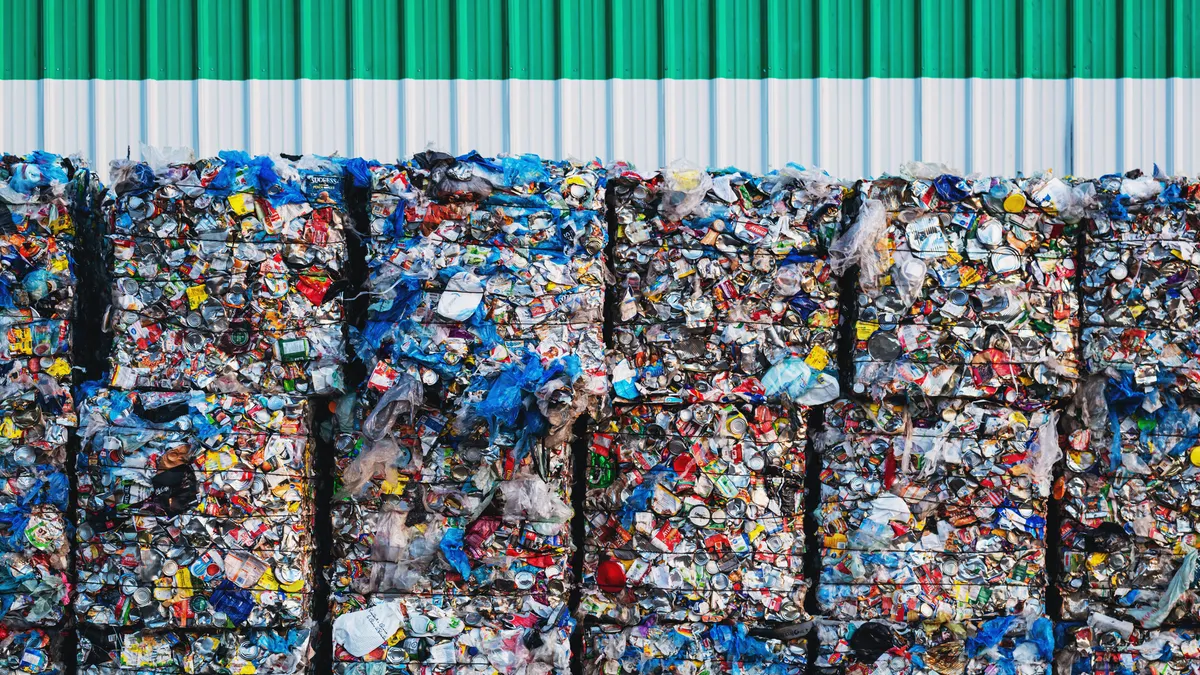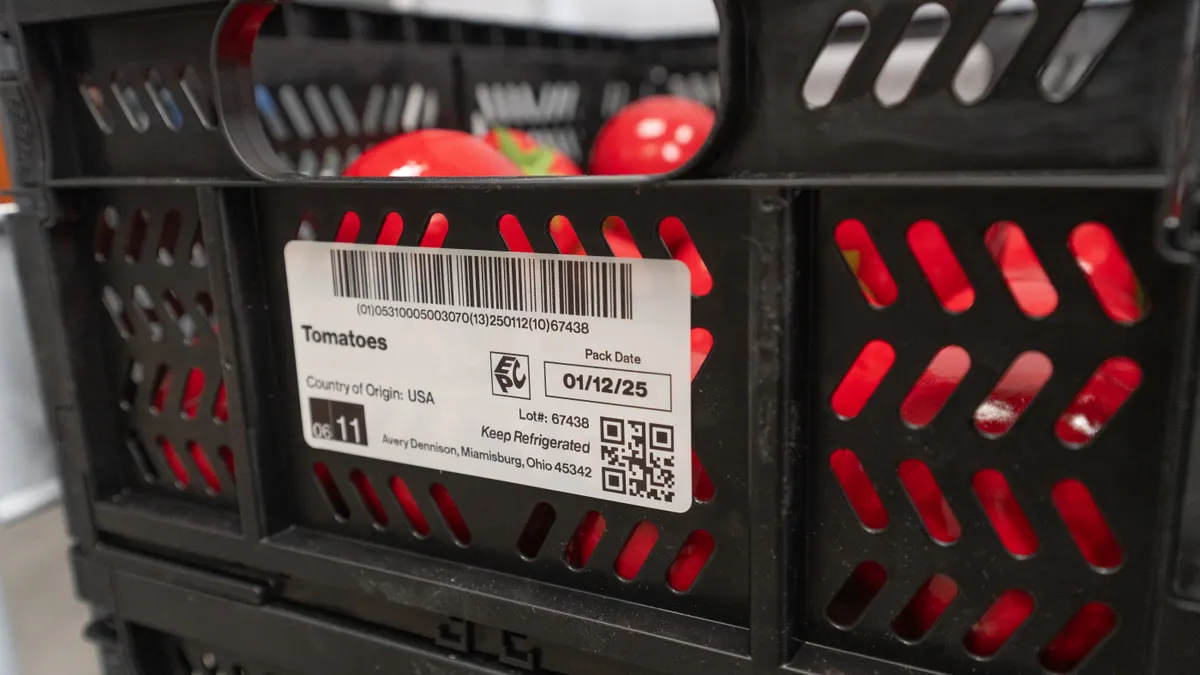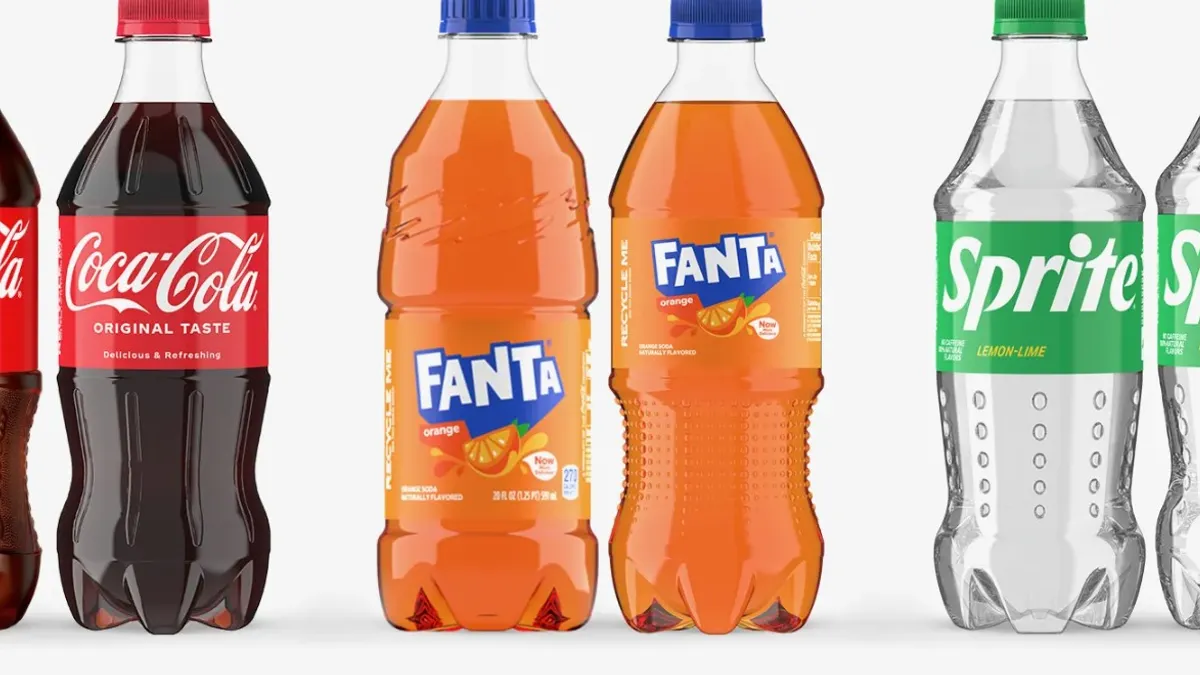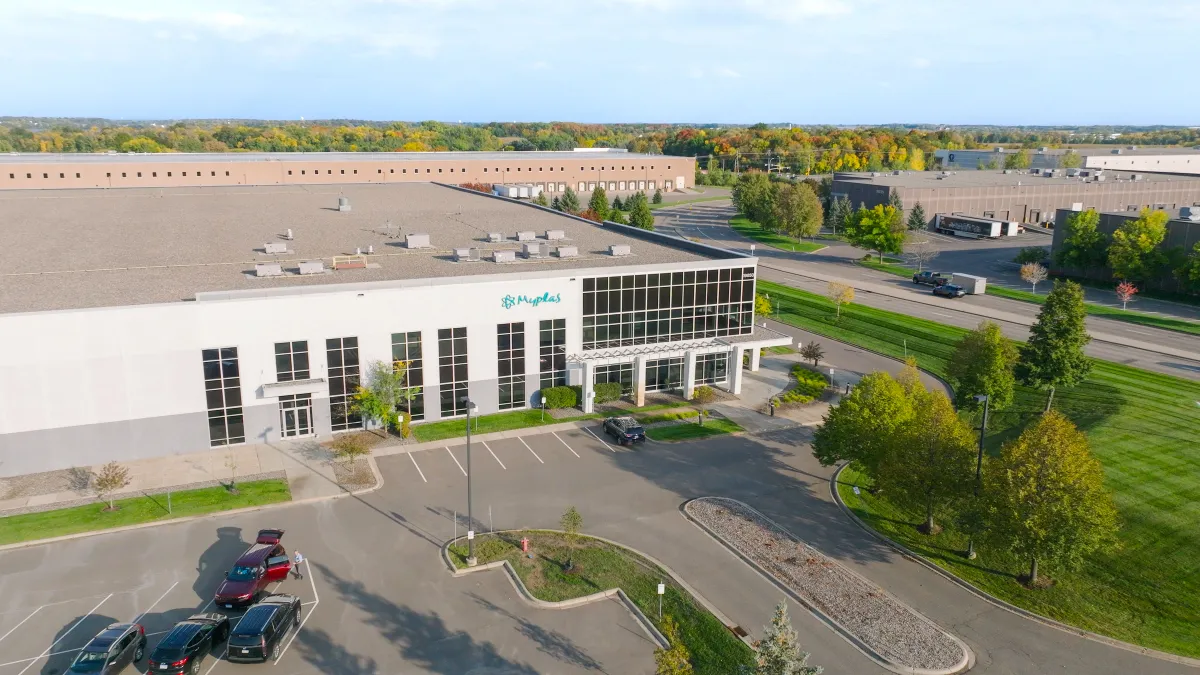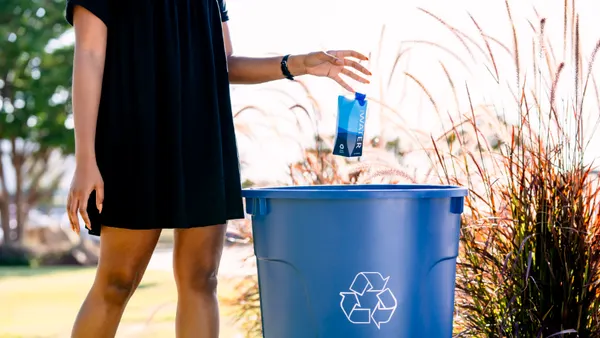Recycling market development centers play a major role in retaining recycling-related jobs, spurring economic growth and promoting recycled content, according to a research report from Ameripen.
Recycling market centers, which aim to increase the demand for recyclable materials through various business methods and partnerships with state agencies, have been around since the 1990s, when the U.S. EPA created programs and grants meant to help businesses find sources and uses for recycled material. Ameripen’s report lists seven state-specific centers and two “regional collaboratives” that currently provide support for 19 states. There are also several city-specific efforts, such as programs in Austin and Phoenix, plus additional programs Ameripen said were too new to include in the report.
Though private money is flowing into recycling efforts from organizations such as The Recycling Partnership, Closed Loop Partners and the Carton Council, Ameripen sees the need for continued state and federal funding in this area, too.
RMCs have created almost 260,000 full-time equivalent jobs over the past 33 years and generated about $89.5 billion in economic activity, according to the report. States with RMCs are better at retaining recycling-related jobs than those without, said John Dunham of John Dunham and Associates, which conducted the economic impact assessment. Dunham shared study results during an Ameripen webinar on Tuesday.
The report comes as interest in recycling market development is growing “amongst state governments, and to some extent at the federal level,” according to the report. That’s because of economic impacts from China’s National Sword policy that began in 2018, as well as more recent impacts from COVID-19-related supply chain challenges and growing public concern over plastic pollution and sustainable packaging.
Ameripen, a packaging policy and advocacy organization, specifically named the packaging materials sector as one that may become more motivated to partner with RMCs to navigate “state resources and private interests to advance the industry,” particularly as more states consider passing extended producer responsibility for packaging laws.
Though RMCs have long collected their own data on local economic impacts, Ameripen said this study is the first time an organization has looked at the cumulative impact these programs have had in the United States.
Municipal recycling centers seem to benefit the most from recycling market center support, followed by paper and paperboard manufacturing and aluminum manufacturing, according to the report. Plastics is another fast–growing sector.
Market development centers also play a role in softening negative economic impacts such as from the 2008 recession, Dunham added. “The key industries that utilize recycled materials have not declined anywhere near as rapidly in states that have market development centers versus those that don't,” he said.
Anna DeLage, recycling market development manager for the South Carolina Department of Commerce, said during the webinar that her state’s recycling market development programs work with businesses to expand imports, develop new recycling technologies, improve workforce options and other recycling-related initiatives. The state also has a governor-appointed Recycling Market Development Advisory Council.
In 2022, the state saw $4.2 billion in recycling industry-specific investment. DeLage called this “an unprecedented number” and attributed it to the program’s ability to establish and maintain local and international partnerships that connect to all parts of the recycling value chain.
Matt Flechter, recycling market development specialist for the Michigan Department of Environment, Great Lakes, and Energy, said the power and effectiveness of RMCs comes from their ability to leverage relationships. In the last four years, Michigan’s NextCycle business accelerator program has tracked over $600 million in public and private sector recycling investments.
“We know for you to meet your sustainability goals, you need strong programs at the local level. In Michigan, we can't do this work just on the backs of state government and state government funding, and I think this study shows that there are multiplier effects,” he said during the webinar.
Ameripen’s report acknowledges that better data is needed to get insight into “the nuances behind program success” since each program operates differently, has a different budget and has various degrees of support in the states where they operate.
Over time, RMCs may shift the services and partnerships they invest in due to changes in what’s accepted in curbside recycling, changes in markets for materials, and changes in state or local laws related to recycled content or EPR, Dunham said. The EPA has recently funneled new grant funding into recycling investments and has expressed interest in supporting state recycling market development efforts through its draft national recycling strategy report and more recent projects such as a recycling infrastructure and market opportunities map.
“It’s important to understand how industries adjust to recycling, how they adjust to the availability of recycled materials, or how they adjust to the mandates that are placed around recyclable materials,” he said.



